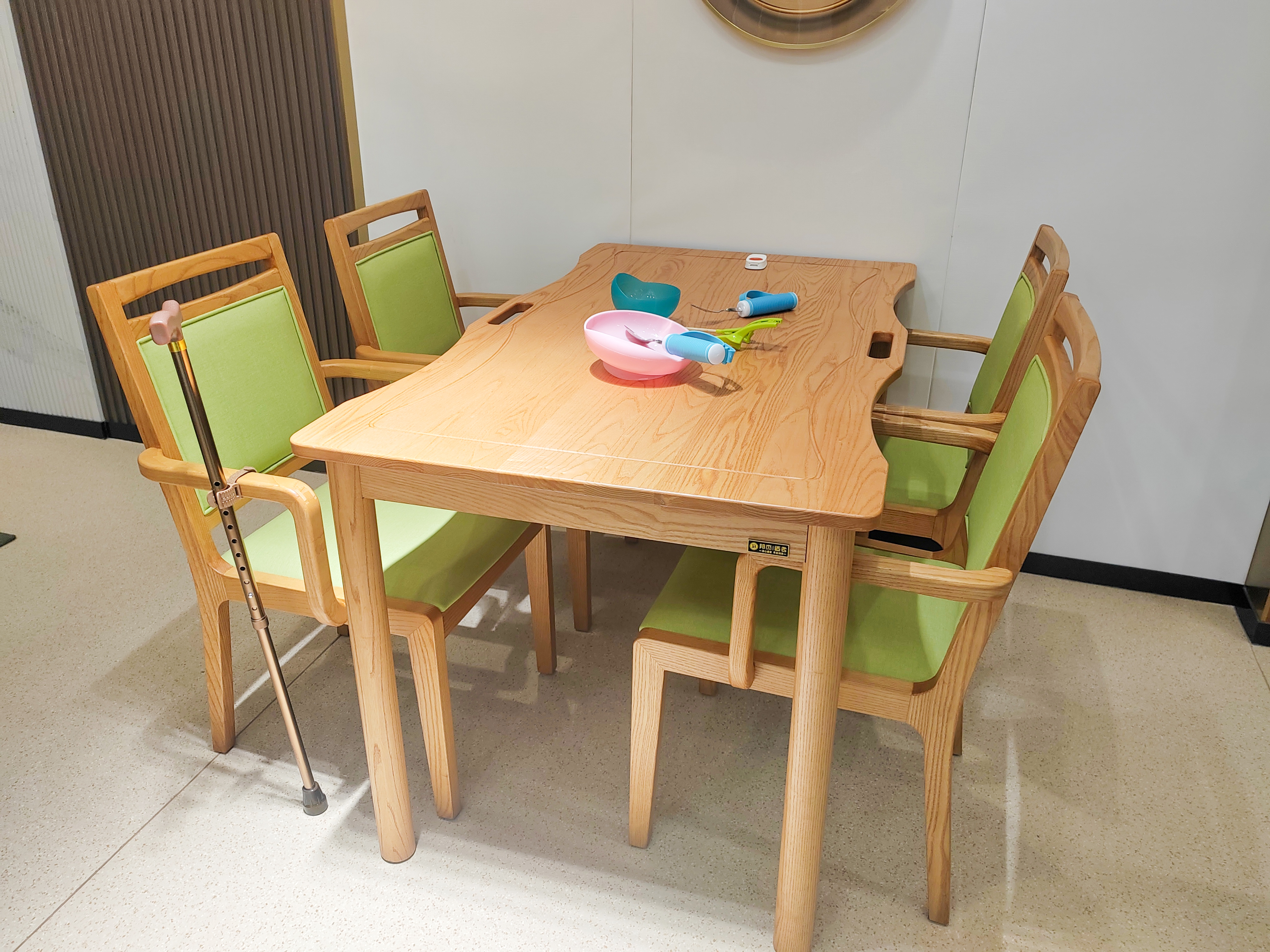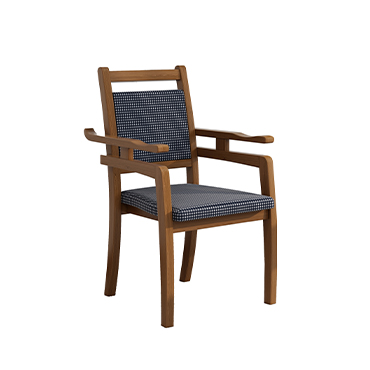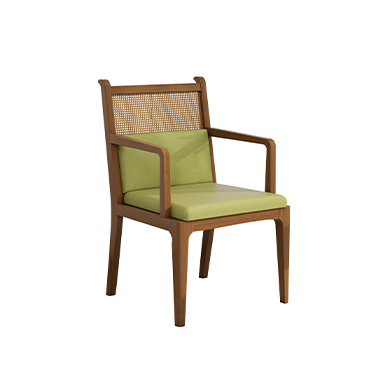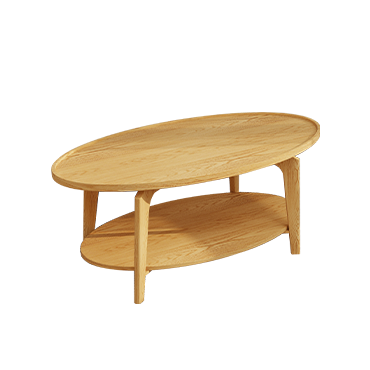How to Organize a Dining Table to Reduce Food Spills: A Guide for Seniors
As people age, hand and mouth movements often become less steady. This can make eating more challenging and increase the chances of spilling food. For many older adults, mealtimes may even feel stressful, as they worry about making a mess or burdening others.
This guide shares practical tips on how to reduce food spills by choosing the right senior-friendly furniture and tableware, creating a safer and more enjoyable dining experience.
Choosing the Right Dining Table
Comfortable Table Height
A dining table that is too high or too low can lead to an unstable posture, making spills more likely. The ideal dining table height should allow a person to sit comfortably, with arms resting naturally without straining. For wheelchair users, selecting a table that allows easy access and offers adjustable height is especially important for comfort and safety.
Non-Slip Surfaces
Smooth, glossy tabletops may cause plates and cups to slide easily. Opting for a dining table with a non-slip surface helps stabilize tableware and reduces the risk of spills.
Stable Tablecloths
If you prefer using a tablecloth, choose a sturdy, non-slip type. Very soft or lightweight tablecloths can shift or bunch up, making dishes unstable.
Selecting the Right Chair
Supportive Seating Height
A suitable chair should allow both feet to rest firmly on the floor, with knees naturally bent and the spine upright. Maintaining a comfortable gap between the body and the table helps improve stability while eating.
High-Stability Chairs
Chairs with stable legs are ideal for seniors. Avoid using chairs with wheels unless they have secure locking mechanisms, as these may slide during meals. Adding non-slip pads under chair legs can further improve stability.
Armrests for Extra Support
Chairs with armrests provide additional balance while eating and can reduce hand tremors that lead to spills. Armrests also make it easier to sit down and stand up, reducing strain on the legs and back.
Cushions and Footrests
If a chair feels too deep or the posture is unstable, using a cushion behind the back can help maintain proper alignment. Footrests can also support safe and comfortable dining, ensuring the feet stay firmly on the ground.
Assistive Tableware for Seniors
Easy-to-Grip and Stable Tableware
The right tableware can make a big difference for seniors. Recommended options include:
Lightweight, easy-to-hold utensils
Non-slip plates or bowls with wide bases
Suction or silicone-based tableware
Deep bowls for soups or liquid dishes
Customized Utensils Based on Ability
Different physical needs require different solutions. Options include:
Thick-handled spoons and forks for weaker grip strength
Angled spoons for limited wrist movement
Adaptive chopsticks with spring mechanisms for easier handling
Lightweight and stable utensils reduce hand strain and minimize the risk of dropping or spilling food.
Making Mealtime Enjoyable Again
Preventing food spills is not only about safety — it’s also about restoring the joy of eating. Key steps include:
Using the right dining table and chairs for seniors
Maintaining a stable and correct sitting posture
Choosing non-slip tableware tailored to individual needs
By creating a safe and comfortable dining environment, seniors can enjoy their meals with more confidence and less stress, turning mealtime into a pleasant and social experience once again.





